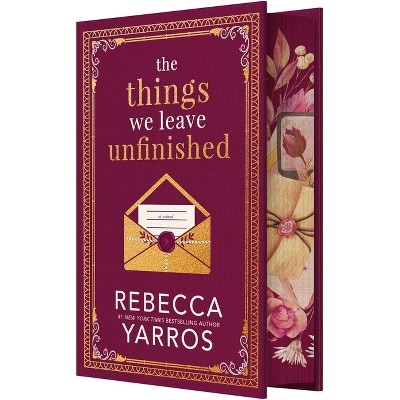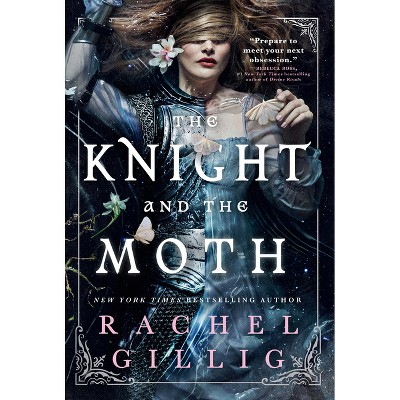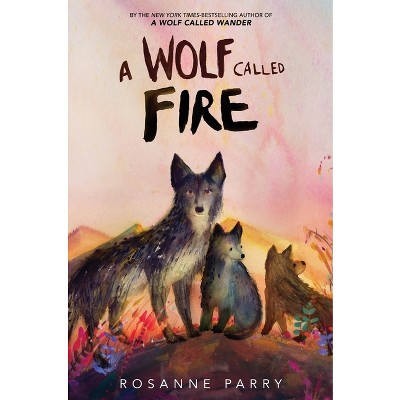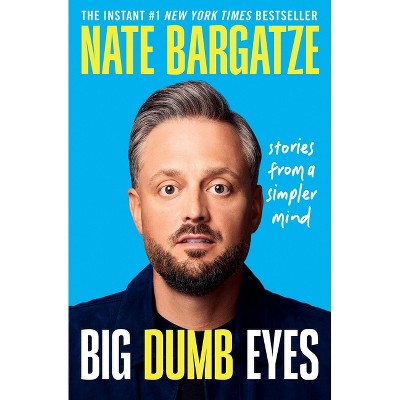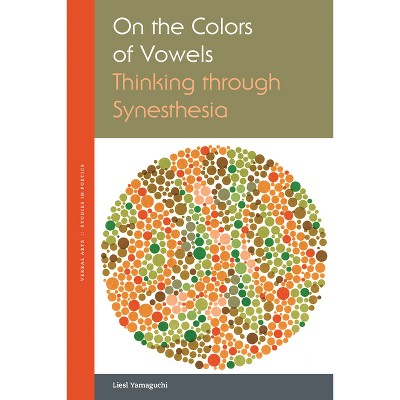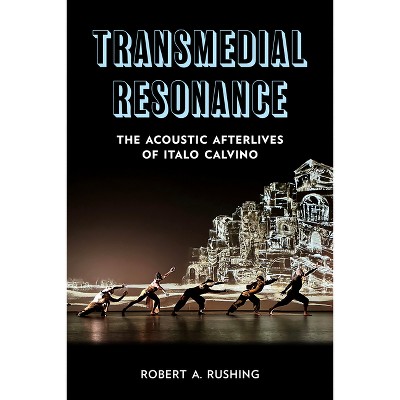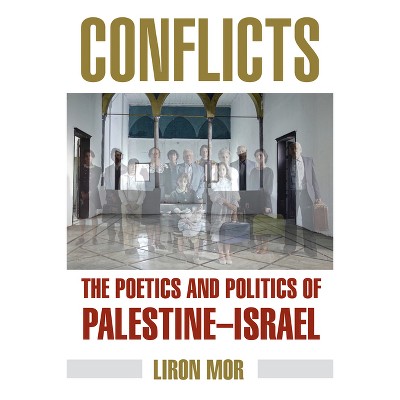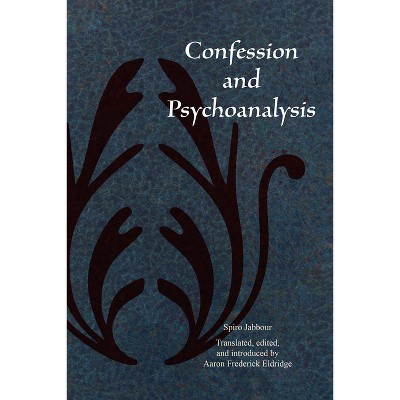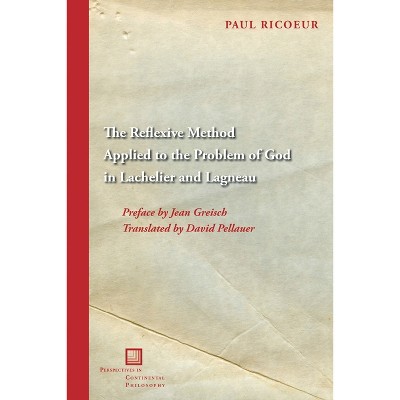About this item
Highlights
- Arts of the Border investigates the consequences of unfolding catastrophes across the world and the displacement they continue to produce.
- About the Author: Debarati Sanyal is Professor of French and Zaffaroni Family Chair of Undergraduate Education (2024-29) at the University of California, Berkeley, where she directs the Center for Interdisciplinary Critical Inquiry.
- 256 Pages
- Literary Criticism, Comparative Literature
Description
About the Book
Examining Europe's borders and their artistic representations as an archive both of state violence and of refusal, fugitivity, and imagination.Book Synopsis
Arts of the Border investigates the consequences of unfolding catastrophes across the world and the displacement they continue to produce. Through recent narratives and media representations of the refugee "crisis" at Europe's edges, it tells a new story about those on the move, the technologies unleashed on them at borders, the racialized and colonial histories that inform these technologies, and the artistry with which migrants and allies bear witness to displacement. The book reorients us toward the creativity and movement of migrants themselves- their "arts of the border"--as well as toward the political force of the arts that represent them, whether in literature, documentary film, or art installations.
Sanyal proposes kino-aesthetics as a framework for capture and fugitivity at borders. From kino--to set in motion--and aesthetics-- relating to sensory perception--kino-aesthetics conveys the force of bodies in motion and the image in its circulation. The book examines the simultaneity of capture and escape at thresholds of illegalization, from airport detention zones to Calais's "jungle" and the Euro-African border at Ceuta and Melilla. What emerges throughout these case studies is a portrayal of border violence in its racial and colonial forms as well as an archive of refusal, fugitivity, and un-bordered imagining.From the Back Cover
"In this deeply moving and ever more urgent exploration of the arts of the border, written with brilliant clarity and heart, Debarati Sanyal evokes the violent realities of migration alongside the creative defiance of those who refuse to be erased."--Marianne Hirsch, author of The Generation of Postmemory: Literature and Visual Culture After the Holocaust
"While taking seriously the violence of borders, Sanyal offers a refreshing, inspiring, and nuanced account of the creative, imaginative and rebellious acts at and around the E.U. border regime. She traces the often fugitive arts of the border--how people cross, and how these crossings are both represented and prefigured by experimental art. A beautiful, compelling book about the struggle for alternative worlds, more just worlds."--Miriam Ticktin, author of Against Innocence: Undoing and Remaking the World Arts of the Border investigates the consequences of unfolding catastrophes across the world and the displacement they continue to produce. Through recent narratives and media representations of the refugee "crisis" at Europe's edges, it tells a new story about those on the move, the technologies unleashed on them at borders, the racialized and colonial histories that inform these technologies, and the artistry with which migrants and allies bear witness to displacement. The book reorients us toward the creativity and movement of migrants themselves- their "arts of the border"--as well as toward the political force of the arts that represent them, whether in literature, documentary film, or art installations. Sanyal proposes kino-aesthetics as a framework for capture and fugitivity at borders. From kino--to set in motion--and aesthetics-- relating to sensory perception--kino-aesthetics conveys the force of bodies in motion and the image in its circulation. The book examines the simultaneity of capture and escape at thresholds of illegalization, from airport detention zones to Calais's "jungle" and the Euro-African border at Ceuta and Melilla. What emerges throughout these case studies is a portrayal of border violence in its racial and colonial forms as well as an archive of refusal, fugitivity, and un-bordered imagining. Debarati Sanyal is Professor of French and Zaffaroni Family Chair of Undergraduate Education at the University of California, Berkeley.Review Quotes
"In this deeply moving and ever more urgent exploration of the arts of the border, written with brilliant clarity and heart, Debarati Sanyal evokes the violent realities of migration alongside the creative defiance of those who refuse to be erased."---Marianne Hirsch, author of The Generation of Postmemory: Literature and Visual Culture After the Holocaust
"While taking seriously the violence of borders, Sanyal offers a refreshing, inspiring, and nuanced account of the creative, imaginative and rebellious acts at and around the E.U. border regime. She traces the often fugitive arts of the border--how people cross, and how these crossings are both represented and prefigured by experimental art. A beautiful, compelling book about the struggle for alternative worlds, more just worlds."---Miriam Ticktin, author of Against Innocence: Undoing and Remaking the World
About the Author
Debarati Sanyal is Professor of French and Zaffaroni Family Chair of Undergraduate Education (2024-29) at the University of California, Berkeley, where she directs the Center for Interdisciplinary Critical Inquiry. She is the author of Memory and Complicity: Migrations of Holocaust Remembrance (2015) translated in French as Mémoire et complicité Au prisme de la Shoah (2019) and The Violence of Modernity: Baudelaire, Irony and the Politics of Form (2006).Shipping details
Return details
Trending Book Pre-Orders
